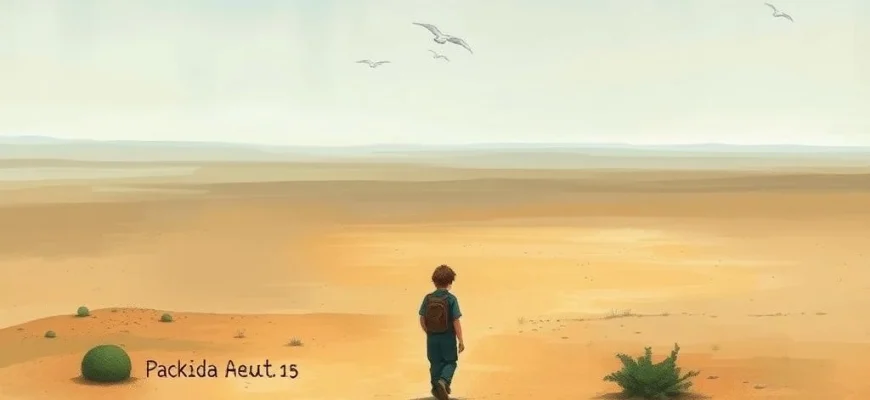If you were captivated by the haunting beauty and survival themes of 'Walkabout' (1971), you'll love these 10 similar films and shows. This article explores movies that share its mesmerizing landscapes, coming-of-age journeys, and deep cultural contrasts, perfect for fans of introspective and visually stunning cinema.
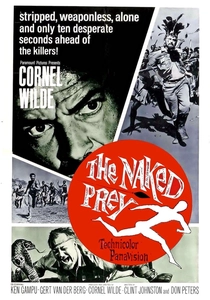
The Naked Prey (1965)
Description: A brutal and minimalist survival story that follows a man's desperate flight through the wilderness, stripped of civilization and forced to rely on primal instincts.
Fact: The film was inspired by a true story of a trapper who survived a similar ordeal in the American West, though the setting was changed to Africa for the movie.
 Watch Now
Watch Now 
Aguirre, the Wrath of God (1972)
Description: A visceral and hypnotic tale of obsession and madness, set in the unforgiving Amazon rainforest, with stunning cinematography that captures the raw power of nature.
Fact: The film was shot in extremely difficult conditions, with the cast and crew enduring illness, hunger, and the dangers of the jungle, mirroring the story's themes of survival and hubris.
 Watch Now
Watch Now 
Picnic at Hanging Rock (1975)
Description: A haunting and enigmatic film that explores themes of disappearance and the mysterious power of nature, set against a visually stunning and surreal landscape.
Fact: The film is based on a novel by Joan Lindsay, which was presented as a true story, though it was entirely fictional. The ethereal soundtrack by Bruce Smeaton adds to the film's dreamlike quality.
 Watch Now
Watch Now 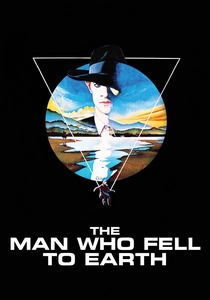
The Man Who Fell to Earth (1976)
Description: A surreal and visually arresting story of an alien's journey through human society, exploring themes of isolation, identity, and the corrupting influence of modernity.
Fact: David Bowie made his acting debut in this film, bringing an otherworldly presence that perfectly suited the role of the alien visitor.
 Watch Now
Watch Now 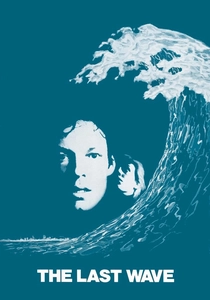
The Last Wave (1977)
Description: A psychological thriller that delves into the collision of modern civilization with ancient, mystical forces, featuring striking visuals and an unsettling atmosphere.
Fact: The film's Aboriginal themes and dream sequences were inspired by director Peter Weir's fascination with indigenous cultures and their spiritual connections to the land.
 Watch Now
Watch Now 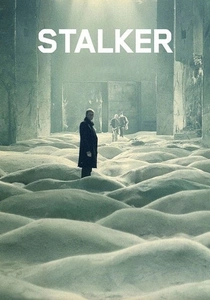
Stalker (1979)
Description: A meditative and philosophical journey through a mysterious, post-apocalyptic landscape, where characters confront their deepest desires and fears.
Fact: The film was shot in highly toxic locations, which may have contributed to the illnesses suffered by many of the cast and crew, including director Andrei Tarkovsky.
 Watch Now
Watch Now 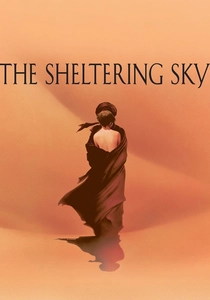
The Sheltering Sky (1990)
Description: A visually stunning and emotionally intense exploration of alienation and existential dread, set against the vast and indifferent landscapes of North Africa.
Fact: The film is based on the novel by Paul Bowles, who also appears in a cameo role as a narrator, adding a layer of authenticity to the adaptation.
 Watch Now
Watch Now 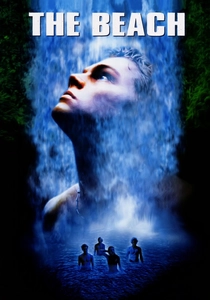
The Beach (2000)
Description: A story of paradise lost, where a seemingly idyllic escape descends into chaos and violence, exploring themes of utopian ideals and the darker side of human nature.
Fact: The film's production was controversial due to environmental damage caused during filming in Thailand, leading to legal action and changes in filming regulations.
 Watch Now
Watch Now 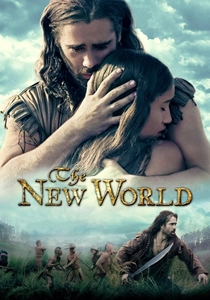
The New World (2005)
Description: A poetic and visually lush retelling of the Pocahontas story, emphasizing the clash of cultures and the transformative power of nature and love.
Fact: The film features extensive use of natural light and minimal dialogue, creating an immersive and almost dreamlike portrayal of early colonial America.
 Watch Now
Watch Now 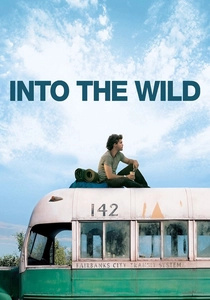
Into the Wild (2007)
Description: A poignant and visually stunning journey of self-discovery and rebellion against societal norms, set against the breathtaking and unforgiving Alaskan wilderness.
Fact: The film is based on the true story of Christopher McCandless, whose diary and photographs provided much of the material for both the book and the movie.
 Watch Now
Watch Now 
